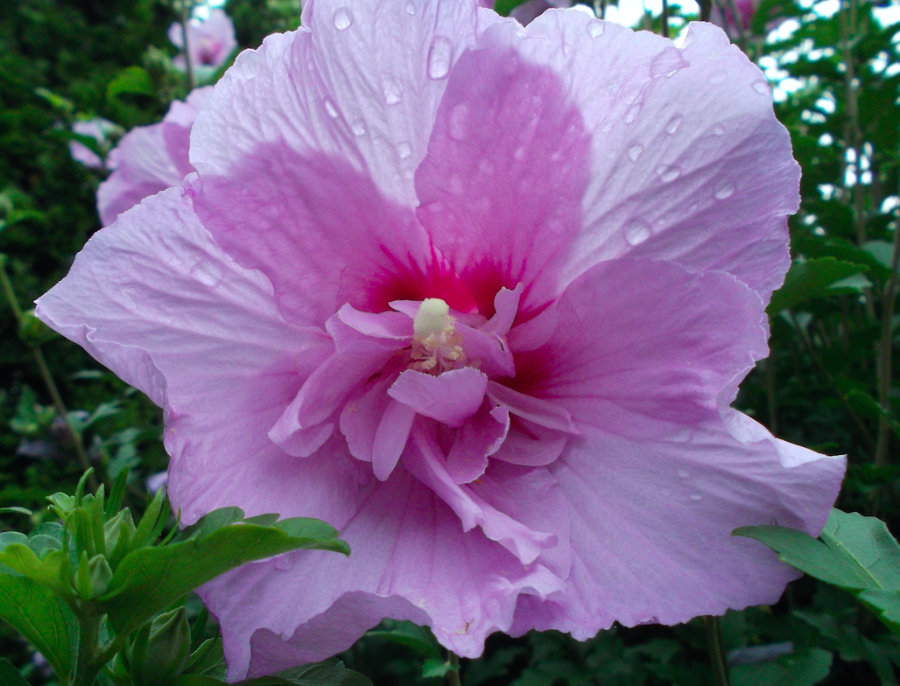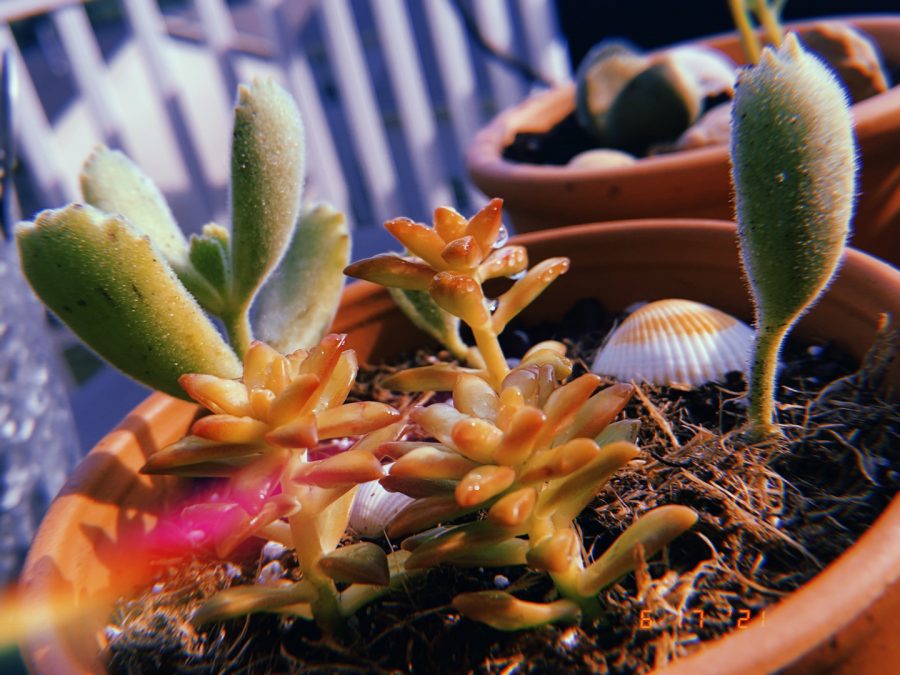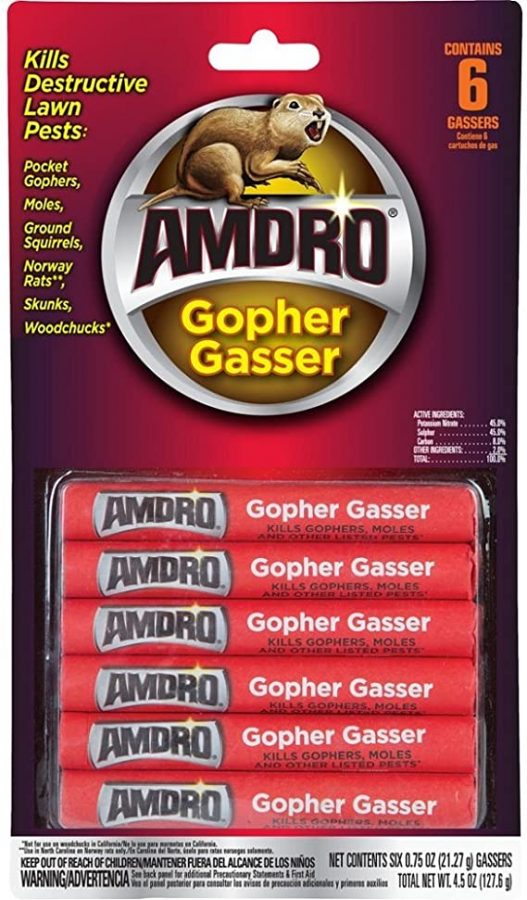If you like to think of your home as a safe haven to escape pollution, you may want to take a deep breath before stepping through your front door.
Indoor pollution levels are two to five times greater than those found in the outdoor air, according to the Environmental Protection Agency.
While this can be a serious problem for those suffering from asthma, allergies or emphysema, it’s not healthy for anyone, especially small children.
Because they breathe in 50 percent more air per pound of body weight than adults, children are more vulnerable to the effects of pollution.
Efforts to rid your home of dust, dirt and allergens could even make things worse, as many poorly sealed and filtered bagless vacuums add to the pollution by releasing lung-damaging particles back into the air.
Here are a few tips to help reduce indoor air pollution:
Properly maintain heating, ventilating and air-conditioning systems, changing filters regularly.
Use only nontoxic household detergents and cleaning agents.
Open the windows when weather permits.
Clean up water leaks that can lead to the formation of mold.
Choose a vacuum cleaner with a filtering dustbag and reputation for providing superior dust retention and filtration.
Bagless vacuum cleaner bins can be an environmental hazard when emptied into the garbage. Dust poured from a bin emits fine particles back into the air. That’s also true for any open bag that’s pushed into a garbage bag.
A recent independent scientific study shows that some vacuums with HEPA filters do not effectively protect a home’s air quality and unfiltered air may escape, releasing as much as 2 million to 14 million lung-damaging particles per minute into the air on average.
These particles can pollute indoor air quality for hours after you turn off the vacuum.





















